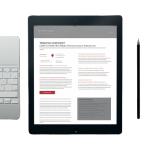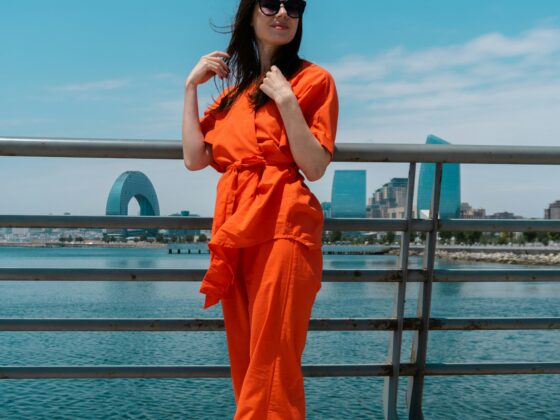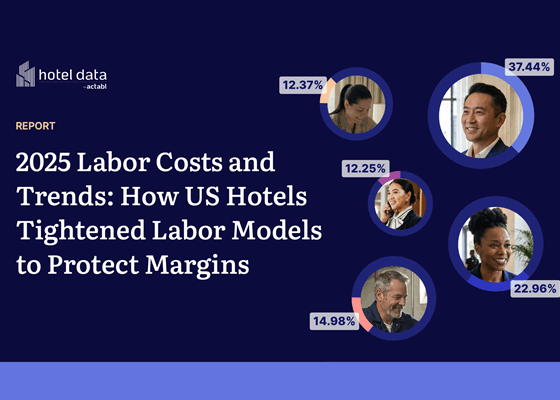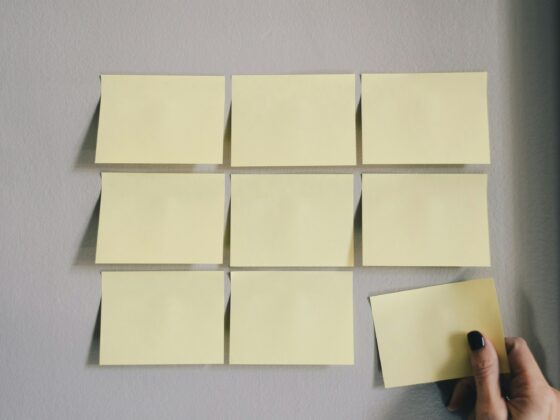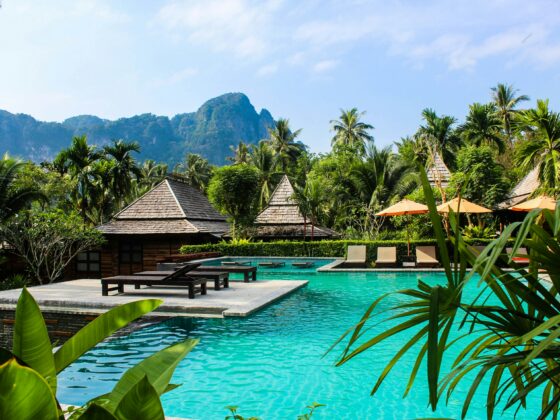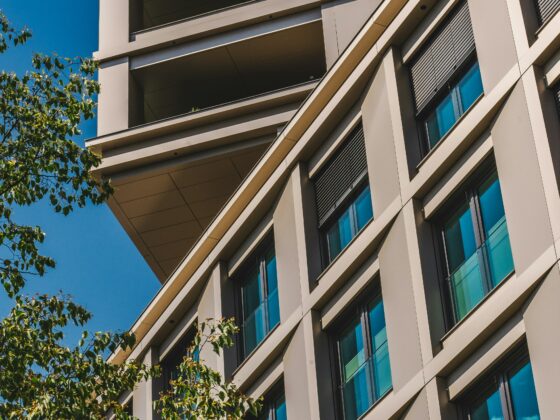Having briefly outlined some of WATG’s more recent projects and talked students through the design process he usually follows, Edouard moved on to what he described as the most interesting part of his lecture: the conversation.
“For me, where the learning really starts is with the questions and answers,” he said. “When we debate and interact, as happens in our design process, that’s where we gain genuinely useful insights.”
Brief encounters
Sharón Cohen opened the question and answer session with a query about the briefing process and how that differs from client to client.
“The entire process takes about a year, depending on the project, the clients and the location,” Edouard replied. “We often see several phases, what we call ‘value engineering’, which is all about maximizing return on investment.
“From the start of the design, we can generally start construction within nine months of taking the brief. The build frequently takes a year to 18 months because we are often working in remote places that present a range of challenges.”
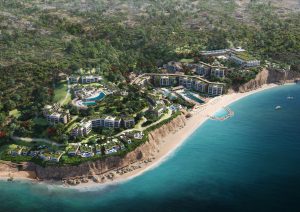
It’s not only the locations that present challenges. Again, depending on the client, the brief can be incredibly detailed or quite vague.
“The depth of the brief can vary significantly,” added Edouard. “We work with all kinds of clients, from heads of state and billionaires to hotel chains, and each has their own unique vision of what they want to achieve.
“But in general, you get a highly detailed brief from clients who are hotel owners and operators, such as Hilton, while it can be more conceptual and lifestyle-oriented from other clients whose main business may not be hotels and resorts. That’s why our initial discussions and sketching process is so vital – it enables us to crystallize their vision into something practical our construction partners can work with.”
Location-specific design
Probing further into the briefing process, Sharón was keen for Edouard to explain to students more about how WATG manages client expectations on projects, especially when the initial brief is particularly prescriptive.
“It’s funny,” he says “I was asked six months ago by a client who asked if I could take one of my projects off the shelf and drop it onto their site. This was mainly because they wanted to emulate its revenues.
“While we said that was possible, we guided the client through our process so they could understand how unique each project is. The variables change from one location to another and there’s really no way to translate them. What works in Egypt is not guaranteed to work in London, Tokyo or New York, so we take our clients on a journey so they understand how they can get the best out of their project and make the right decisions according to their location.
“It can be the same with certain features too. Sometimes a client will insist they want towers, so our role is to understand why and perhaps suggest alternative solutions. If they want a tower to reduce their footprint, there may be an alternative way to deliver it that would work better with their specific project.
“In the end, there are no shortcuts. We have to capture all the elements that make projects unique from a guest experience perspective while also taking into account the region and the environment. The latter is extremely important, because each project has an impact on local communities.”
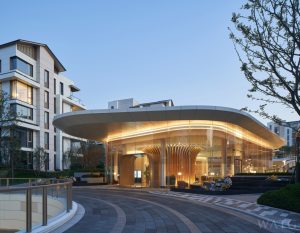
Sustainability matters
According to Edouard, sustainability is one of the industry’s – and by extension any hotel and resort designer’s – greatest challenges. And it’s one that will be increasingly relevant to future developers, including potentially some of the Master’s students in the room.
“The next generation here in this room will need to understand and address sustainability,” he says. “And it’s something that is part of our design process from a very early stage. We have a sustainability engineer in-house and we use software to model the overall master plan, how the buildings behave and how we can tweak the design to deliver the most sustainable proposition possible within the region we are working.
“So we’ll look at materials and sourcing to reduce the carbon footprint. We even take into account factors such as wind, which can help ventilate buildings and reduce electricity consumption.”
In response to a student’s question about luxury experiential hospitality, Edouard added that sustainability doesn’t just enter WATG’s calculations from a pure design perspective.
“I’m so glad students in this room are asking such questions, because it’s you who are going to be making the decisions about how to balance experience with sustainability in future”
“I’m so glad students in this room are asking such questions, because it’s you who are going to be making the decisions about how to balance experience with sustainability in future,” he said. “It’s a fundamental question we are asking ourselves – how are we going to manage growth without our developments taking a toll on the environment?
“From our perspective, we ask ourselves whether we will take on a project or not? There are examples when we have declined because we consider the impact on the local ecosystem to be too great. But again, it’s a conversation we have with the client. We tend to challenge projects from the outset, but we also try to offer alternative solutions that can mitigate the potential effects of a project. Sometimes it’s better to be working with a client to be able to influence their decisions than to turn down a project and see it go ahead anyway with another designer.”
Design sensibility
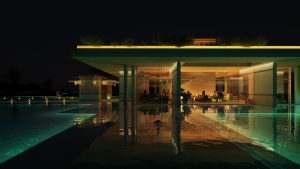
To conclude the session, Edouard was asked by another student which specific element of a design was the most important.
“We have five senses and these are the things you need to really focus on,” he says. “You need to look at touch, lines of sight, sound, how the light is, how things smell, especially when you’re thinking about interior design.
“In luxury design, many people believe bigger is better. So for example, if you have large bathrooms, that makes it more luxurious and you can boost your revenues as a result. I think that was true 30 years ago, but now it’s more about the details. It’s about all the elements in a small space with which you interact.
“My advice is to start from the basic senses of touch and sight. The overall look and feel are now much more important than size. When we design a restaurant, for example, we look at what’s on the menu, what the chef wants to achieve and tailor the look and feel accordingly and design the space around those elements. It’s a holistic expression approach and, for me, that’s what luxury is about in today’s world.”
